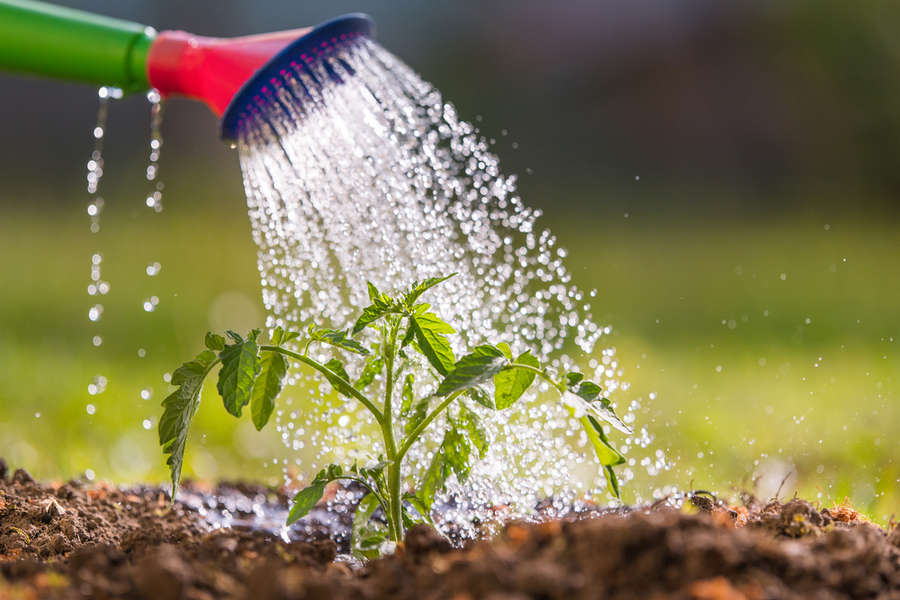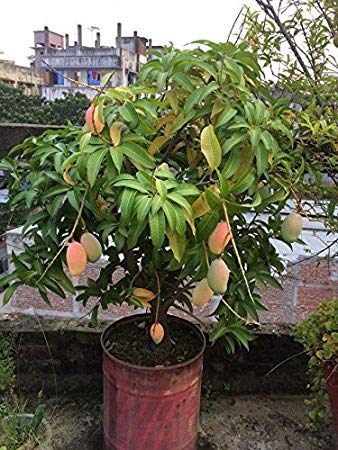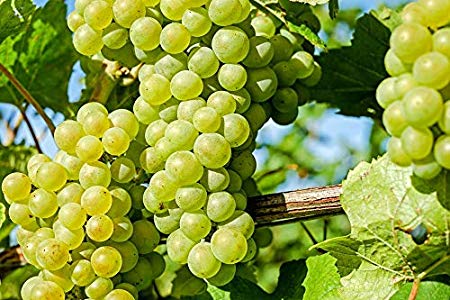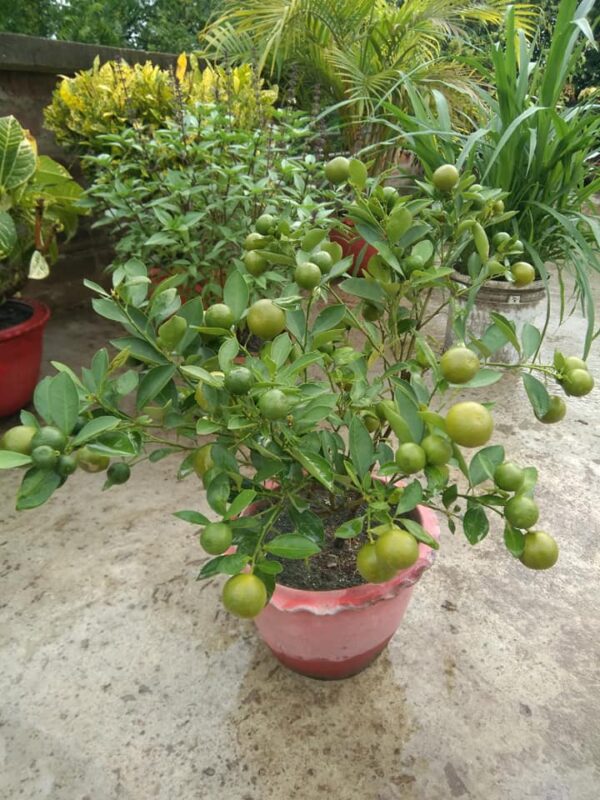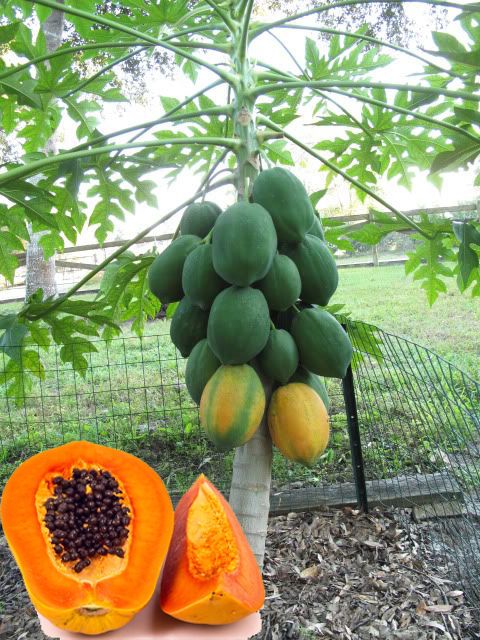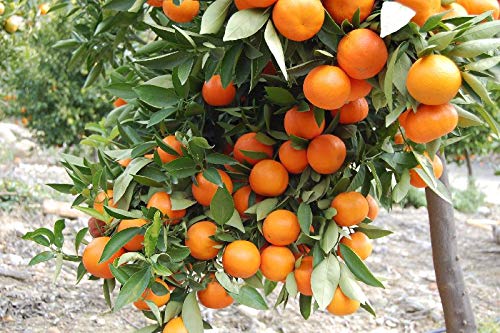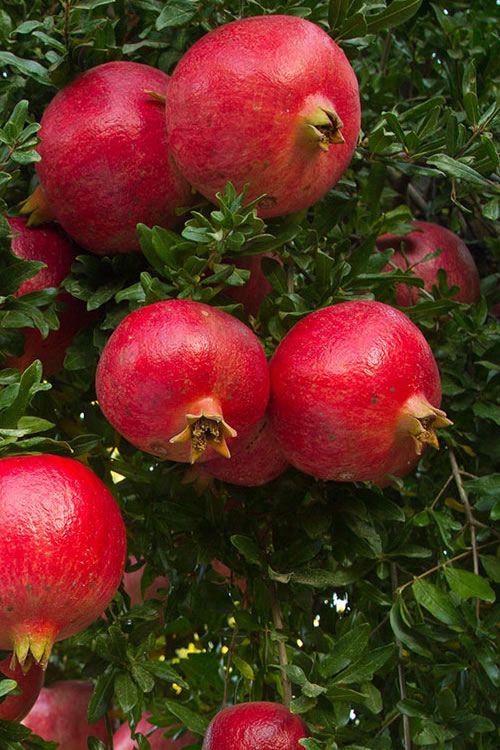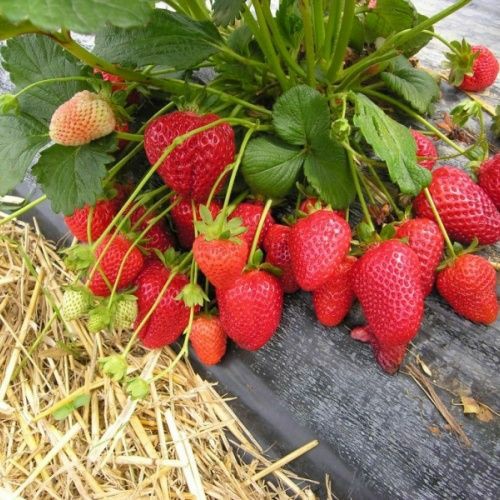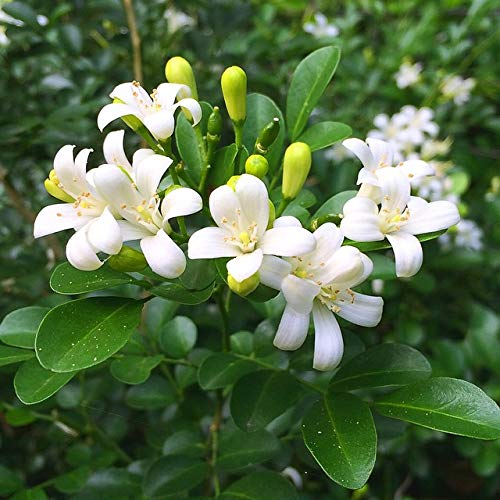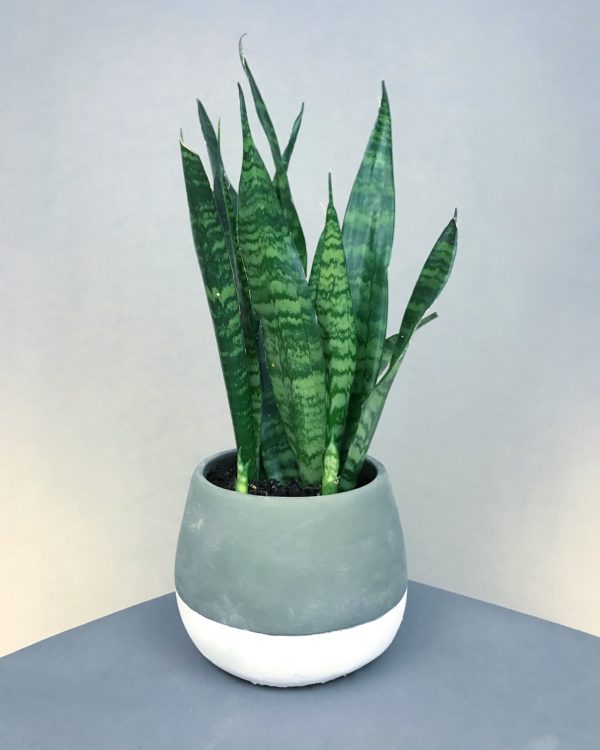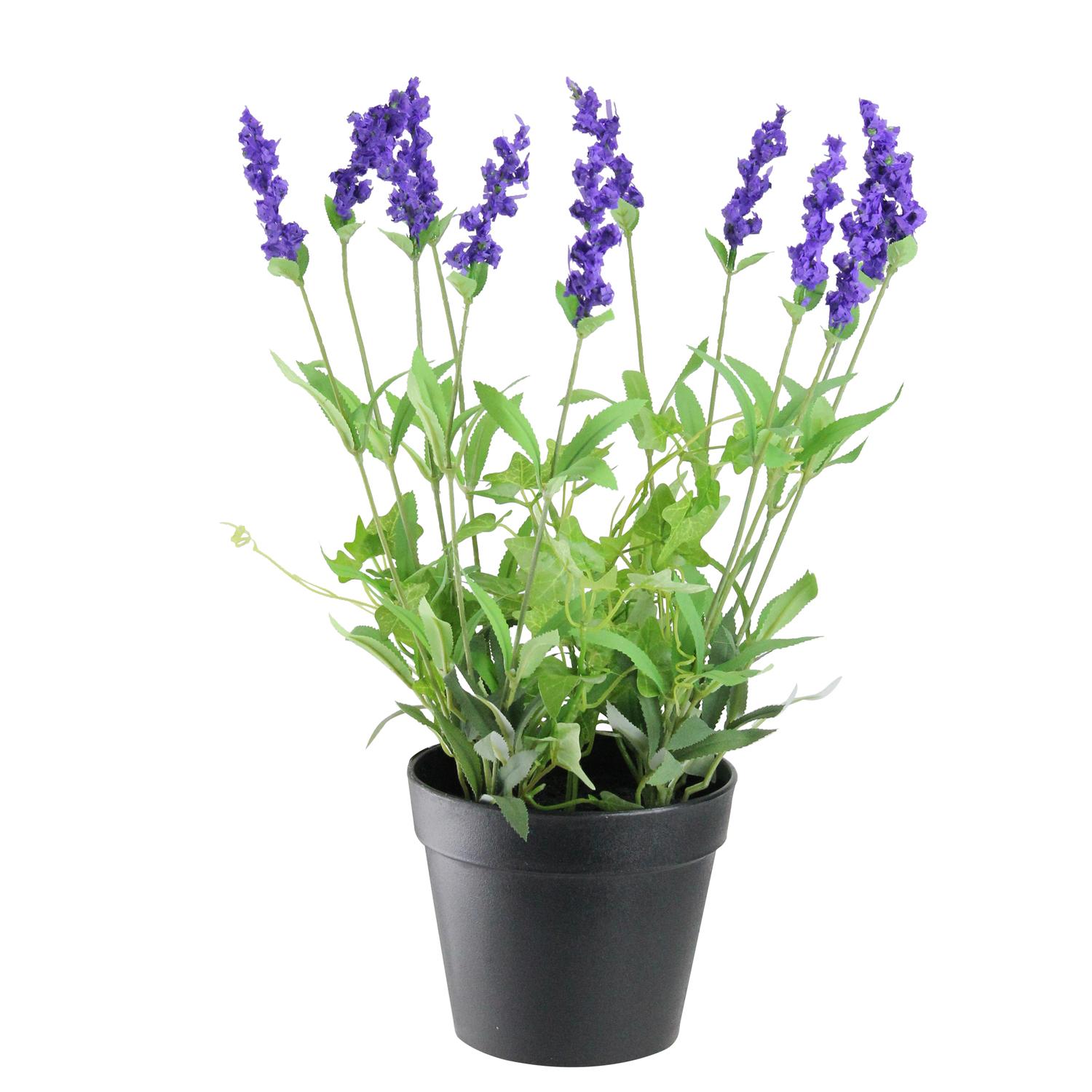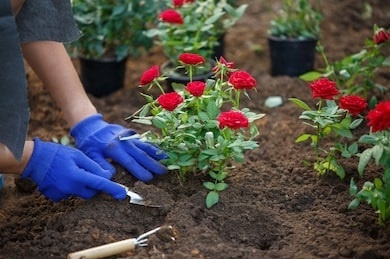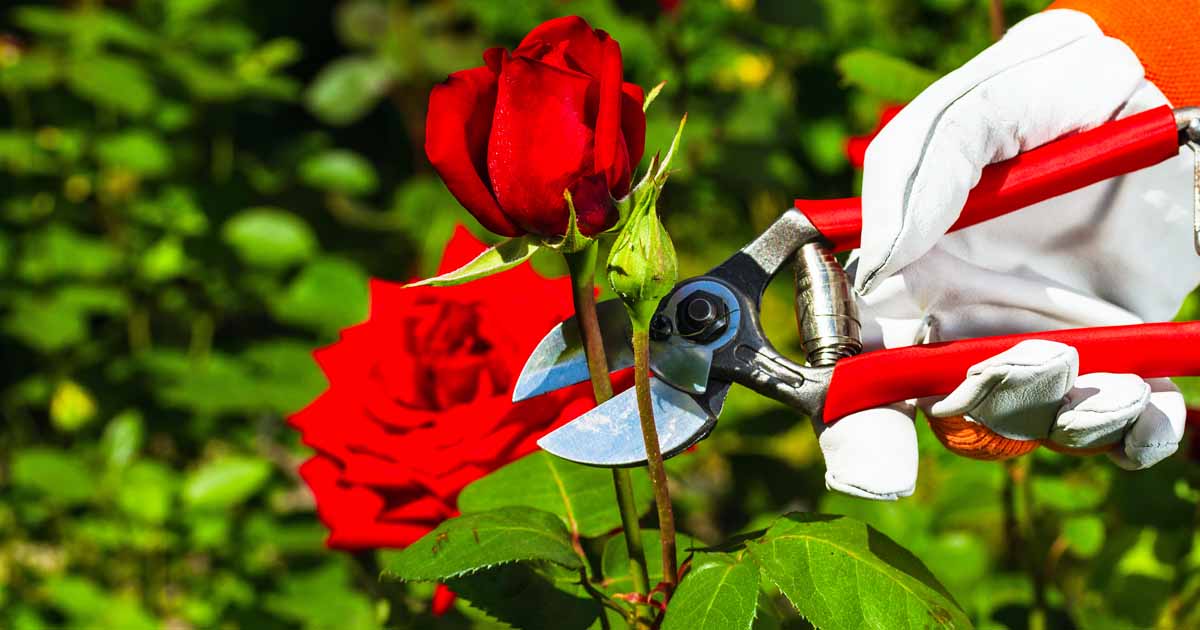It is a sweet, edible fruit that has a green rind on the outside and edible red-colored flesh with black-colored seeds on the inside. The color of the flesh varies from pink to red. There are some varieties of watermelon that have yellow flesh. According to botanists, this cool fruit has its origins in the African deserts about five thousand years ago. Some of its wild varieties are still found growing here. They found their way up north through Egypt and people began cultivating it during the Roman Era.
Information on Watermelon Plant
Botanically, watermelon is called Citrullus lanatus and it belongs to Cucurbitaceae family. All the different types of gourds are classified under Cucurbitaceae family. The melons grow on a vine that can reach a length of 3 meters. It is an annual plant, it can only survive in one growing season. The vines are covered with tiny hairs; they are thin and have groves in them. The flowers are yellow-colored. The specialty of this plant is that male and female flowers are produced separately on the same plant. The fruit varies in shape from oblong to spherical. The fleshy fruit is encased in a thick rind while the seeds are encased inside the flesh.
Ideal Conditions for Watermelon Farming
Watermelons need warm climate for growth. It can be grown all through the year in places like Tamil Nadu, Karnataka, Andhra Pradesh, Orissa, West Bengal and Rajasthan. It is however very sensitive to frost. Hence it can be only cultivated after the frost in places like Haryana. Otherwise, these must be grown in greenhouses that have adequate protection from frosts.
Climate for Water Cultivation
Being a warm season crop, the plant requires ample sunshine and dry weather for production of fruits. In case they are grown in places where winter is prevalent, then they must be provided with adequate protection from cold and frost. They are extremely sensitive to the slightest of frost and hence care must be taken to keep the frost away from the crop. 24-27°C is ideal for the seed germination and growth of watermelon plants. A cool night would ensure ample development of sugars in the fruit.
Watermelon Seasons in India
In India, since the climate is mostly tropical, all seasons are suitable for watermelon cultivation. However, watermelon is sensitive to cold and frost. Therefore, in parts of the country where winter is severe, watermelons are cultivated after the frost has passed. In places like Tamil Nadu, Maharashtra, Andhra Pradesh, etc. watermelon cultivation is possible almost any time of the year.
Soil for Watermelon Farming
Watermelons grow best in sandy loam soil that drains easily. It also grows well in black soil and sandy soil. However, they must have a good amount of organic content and must not withhold water. Water must easily drain off from the soil else the vines are likely to develop fungal infections.
pH for Watermelon Cultivation
The pH of the soil must be between 6.0 and 7.5. Acidic soil would result in withering away of the seeds. While soil with a neutral pH is preferred, it can also grow well even if the soil is slightly alkaline.
Irrigation for Watermelon Growing
Watermelon is a dry season crop and it must be planted with irrigation. The watermelon beds are irrigated two days prior to sowing and then again 5 days after sowing the seeds. As the plant grows, irrigation is done on a weekly basis. Attention must be paid to water stress at the time of irrigation since it can lead to fruit cracking. While irrigating, water must be restricted to the root zone of the plant. Wetting of vines or other vegetative parts must be avoided especially during flowering or fruiting time as wetting can lead to withering away of the flowers, fruits or even the plant as a whole. In addition, wetting of the vegetative parts can also lead to development of fungal diseases. Moisture must be maintained near the roots so that the plants develop taproot system. As the fruits near maturity, irrigation frequency is reduced and it is completely stopped during the harvesting stage. This helps in developing flavor and sweetness in the fruit.
Watermelon Varieties in India
Watermelons grow from seeds. However, it is advisable to sow the seeds of watermelons bought from trusted place. There are different varieties of watermelon in India yielding a good harvest such as Vandana, Kiran, Sugar Baby, Watermelon Sultan, Improved Shipper, Madhubala, Arjun, Asahi Yamato, Special No.1, Arka Jyoti, Arka Manik, Durgapura Meetha, Durgapura Kesar
There are a few exotic varieties like Watermelon Hybrid Yellow Doll and Watermelon Hybrid Red Doll from China and Mardi gras, Royal Flush, Dumara, Celebration, Paradise, Sangria, Oasis, Star Bright, Baron, Samos, Arriba, etc. from America.
Land Preparation and Planting Watermelon Seeds
The land is ploughed until the soil becomes very fine tilth. The land is then prepared according to the type of sowing to be done. Watermelons are generally seeded directly in the farms. However, in case it has to be protected from frosts, then it is seeded in nurseries or greenhouses and later transplanted into the main field.
It is sowed during the months of February to March in North India and then during November to January in west and North East India. The seeds are sown at a depth of 2-3 cm from the top soil. The spacing method during sowing varies according to the type of sowing being followed.
Solarisation
Solarisation of soil is generally not necessary if watermelon cultivation is being done during dry season. However, solarisation can rid the soil of unwanted moisture content and even pests.
Pollination in Watermelon Farming
This is a very important step in watermelon cultivation. Unlike most other crops, flowers on watermelon plants cannot develop into fruits on their own. As mentioned earlier, male and female flowers grow on the same plant, but, separately. The male flowers are smaller in size and appear first while female flowers are huge and appear later. The female flowers have a small fruit at the base. In case it shrivels, it means there would be no pollination. In nature, bees carry the pollen while hopping from flower to flower gathering nectar. Therefore, setting up an artificial beehive in the watermelon field is a good idea. One hive per acre of watermelon field is more than enough.
Weed Control in Watermelon Farming
Weeding is needed only in the initial stages of watermelon growth. Being a vine, use of herbicides must be done very carefully else the healthy plants may get affected. The first weeding is done about 25 days after sowing. Subsequently, weeding is done once a month. Once the vines begin to spread, weeding is not necessary as the vines take care of the weeds.
Diseases and Plant Protection in Watermelon Farming
Watermelon is affected by numerous diseases such as aphids, thrips, anthracnose, mildew, wilt, Alternaria Leaf Spot, Fusarium Wilt, Bud Necrosis, etc.
Harvesting Watermelon
Watermelons are ready for harvest when:
The tendrils near the stem start drying
The white colored part of the fruit touching the ground turn yellowish
A thudding sound is produced when the melons are thumped (a dense sound is produced from immature fruits).
Fruits only mature when they are attached to the vine. Hence immature fruits must be left untouched. For harvesting ripe fruits, the stem is cut about an inch away from the fruits with the help of a knife. Upon harvesting, the fruits are graded according to their sizes. Then they can be stored at 15°C for maximum two weeks. However, they must not be stored with apples or bananas since the latter lose the flavor.
Watermelon farm attracts some pests and diseases but proper farm management can give exceptional profits from watermelon cultivation.
Article Source:
https://www.farmingindia.in/watermelon-cultivation/
 test productSale!
test productSale!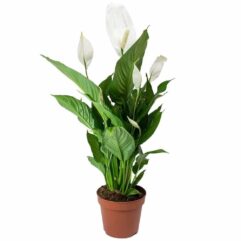 Spathiphyllum or spath or peace lilies Live PlantSale!
Spathiphyllum or spath or peace lilies Live PlantSale! Thai all season grafted mango plant for pot and gardenSale!
Thai all season grafted mango plant for pot and gardenSale! test productSale!
test productSale! Spathiphyllum or spath or peace lilies Live PlantSale!
Spathiphyllum or spath or peace lilies Live PlantSale! Thai all season grafted mango plant for pot and gardenSale!
Thai all season grafted mango plant for pot and gardenSale!



